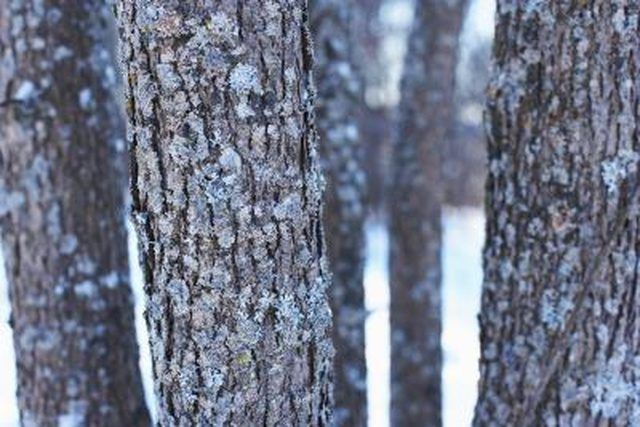Bulbs
Flower Basics
Flower Beds & Specialty Gardens
Flower Garden
Garden Furniture
Garden Gnomes
Garden Seeds
Garden Sheds
Garden Statues
Garden Tools & Supplies
Gardening Basics
Green & Organic
Groundcovers & Vines
Growing Annuals
Growing Basil
Growing Beans
Growing Berries
Growing Blueberries
Growing Cactus
Growing Corn
Growing Cotton
Growing Edibles
Growing Flowers
Growing Garlic
Growing Grapes
Growing Grass
Growing Herbs
Growing Jasmine
Growing Mint
Growing Mushrooms
Orchids
Growing Peanuts
Growing Perennials
Growing Plants
Growing Rosemary
Growing Roses
Growing Strawberries
Growing Sunflowers
Growing Thyme
Growing Tomatoes
Growing Tulips
Growing Vegetables
Herb Basics
Herb Garden
Indoor Growing
Landscaping Basics
Landscaping Patios
Landscaping Plants
Landscaping Shrubs
Landscaping Trees
Landscaping Walks & Pathways
Lawn Basics
Lawn Maintenance
Lawn Mowers
Lawn Ornaments
Lawn Planting
Lawn Tools
Outdoor Growing
Overall Landscape Planning
Pests, Weeds & Problems
Plant Basics
Rock Garden
Rose Garden
Shrubs
Soil
Specialty Gardens
Trees
Vegetable Garden
Yard Maintenance
White Tree Fungus
White Tree Fungus. The presence of a white fungus on a tree is often, but not always, the sign of a sick plant. Fungal infections vary in the degree of harm they may inflict on the tree, so proper diagnosis and treatment is a must.

The presence of a white fungus on a tree is often, but not always, the sign of a sick plant. Fungal infections vary in the degree of harm they may inflict on the tree, so proper diagnosis and treatment is a must.
Powdery Mildew
Powdery mildew, a common infection that appears on almost every type of tree, appears as a white powder on leaves and may spread to other parts of the tree. Humidity and warm temperatures encourage fungal growth, while planting resistant cultivars and using proper sanitation practices fight the development and spread of the infection.
Black Knot
Black knot infects many types of fruit trees, but most seriously affects tart cherries and plums. According to Cornell University, the disease worsens with each passing year without intervention. Knotty growths form on branches, potentially girdling the wood and pink or white fungus may appear on older knots.
Lichen
Lichens combine fungi and algae "growing together in a mutually beneficial, symbiotic, relationship," according to the University of Minnesota Extension. The harmless patches of growth appear in a range of colors, including white.